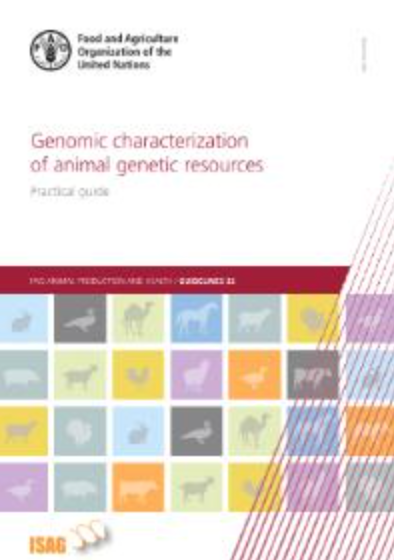Genomic characterization of animal genetic resources

Molecular biotechnologies have developed rapidly and substantially since the release of these previous guidelines. The livestock sector has been an active participant in the so-called “genomic revolution.” Advancements in the sequencing of genomes and related genotyping methods have created opportunities for gathering much more information on the molecular level than ever possible, at a faster rate, and for exponentially decreased costs.
Scientists and other livestock stakeholders in countries with highly developed economies have been among the main beneficiaries of this revolution. However, the greatly decreased costs of genomic applications have also created opportunities in countries with developing and transitional economies. In many instances, the lack of awareness of these opportunities and in the technical capacity for the full application of genomic tools may represent a greater obstacle to their utilization than the expenses involved.
The development of these guidelines and the subsequent application of the information contained herein may help to bridge this gap, bringing new opportunities to light and transferring knowledge that can be used to increase the genetic characterization of AnGR and subsequently improve the sustainable use and conservation of livestock genetic diversity.